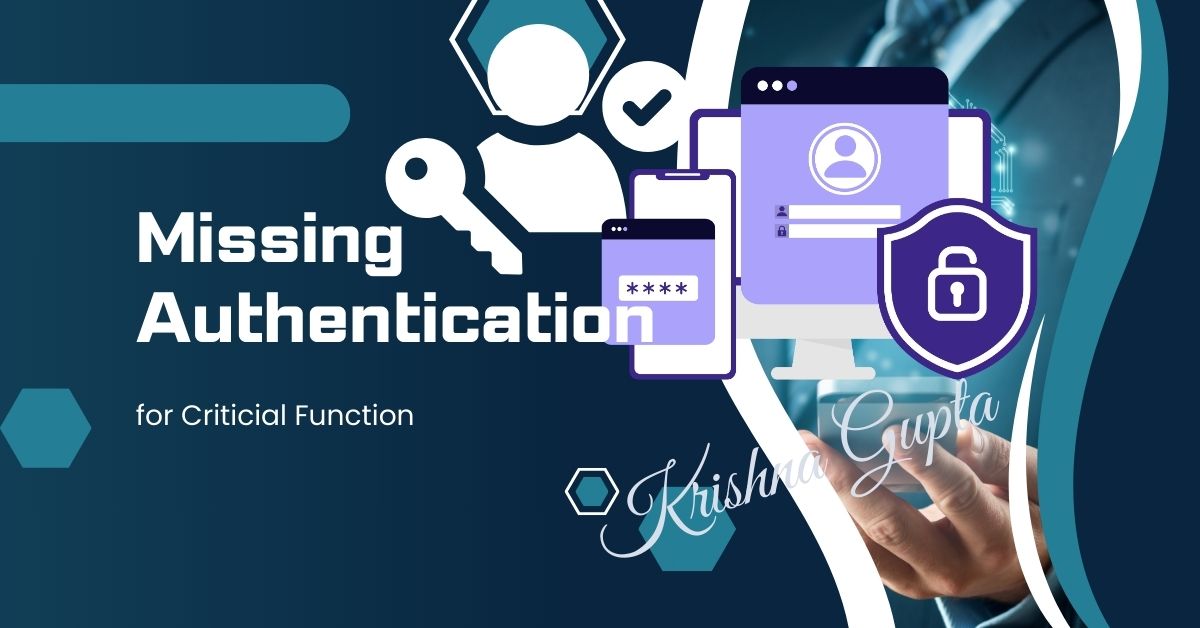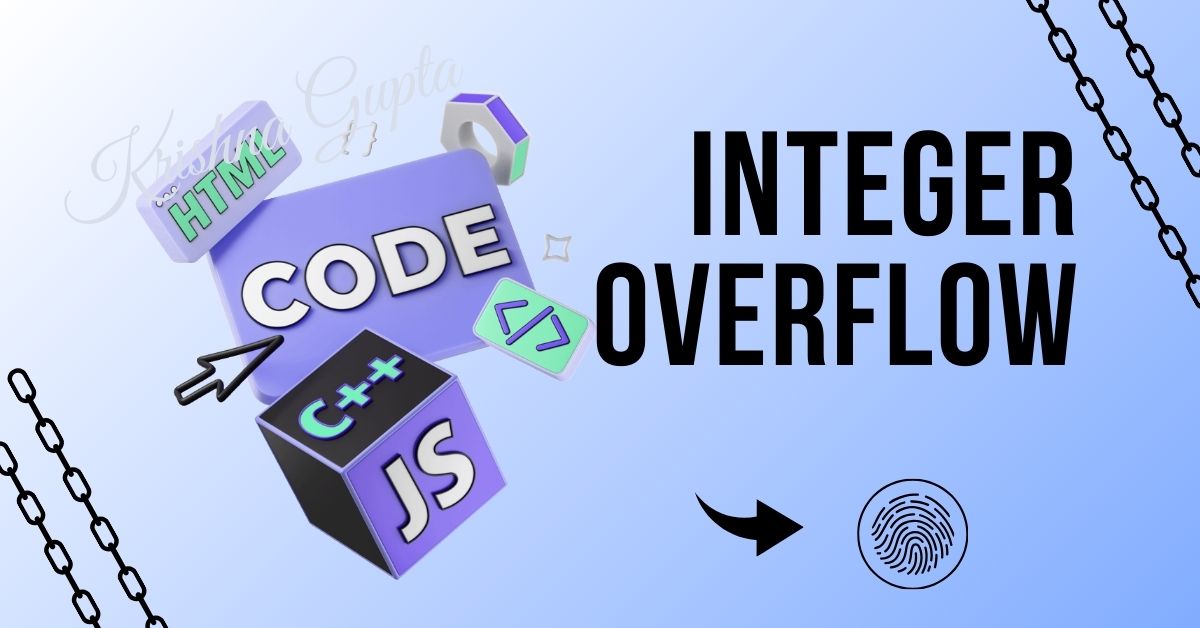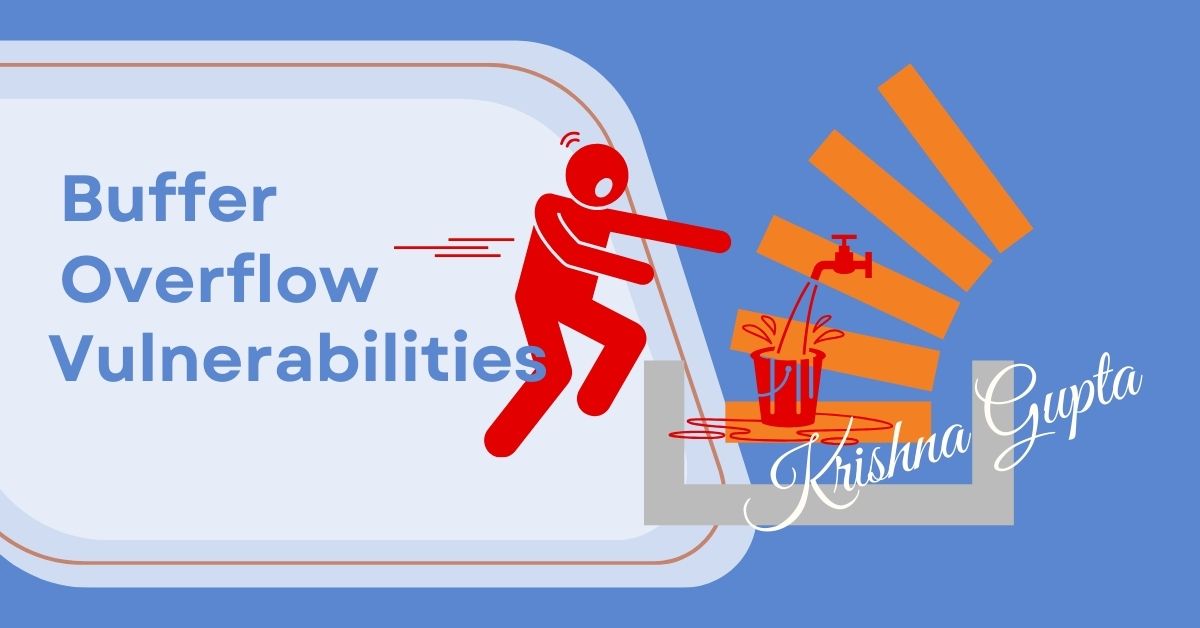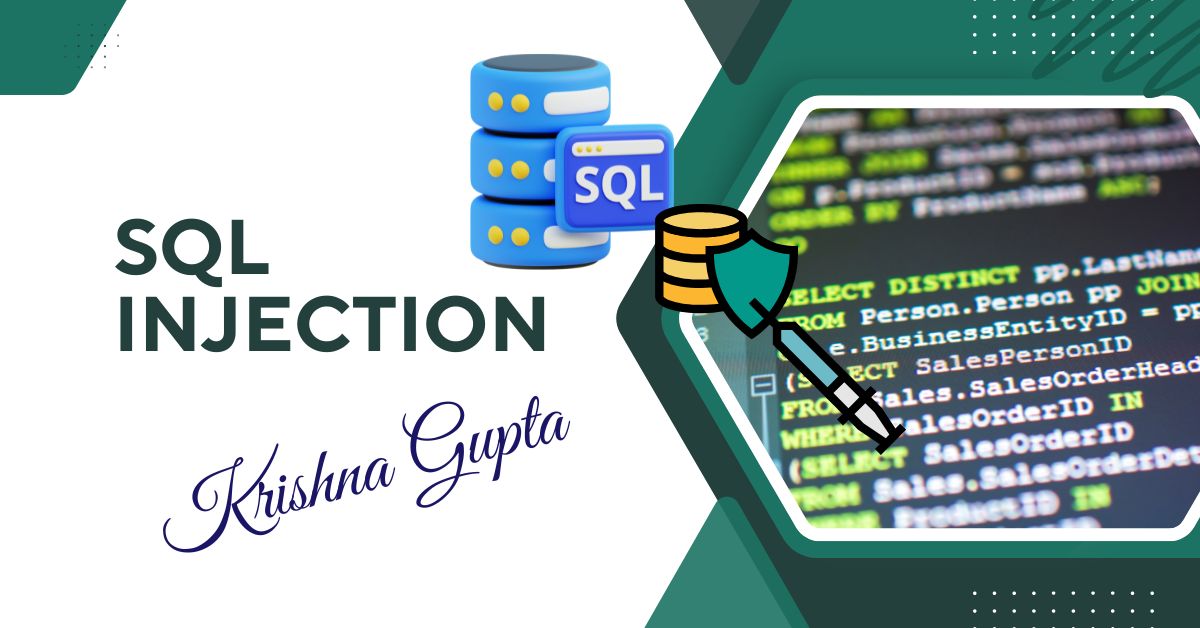2024 CWE Top 25 Most Dangerous Software Weaknesses: Missing Authentication for Critical Function (CWE-306)
2024 CWE Top 25 Most Dangerous Software Weaknesses: Missing Authentication for Critical Function (CWE-306) In today’s software-driven world, security vulnerabilities can have catastrophic consequences, from financial losses to reputational damage. Among the 2024 CWE (Common Weakness Enumeration) Top 25 Most Dangerous Software Weaknesses, CWE-306: Missing Authentication for Critical Function stands out as a critical issue …




